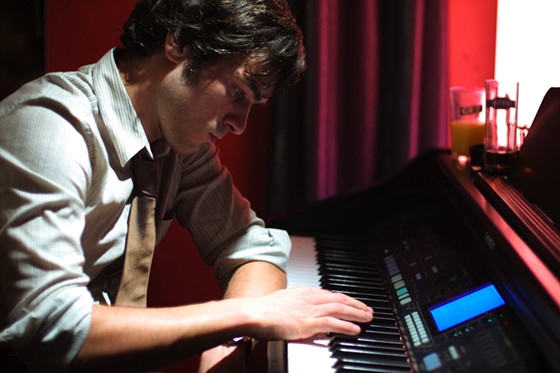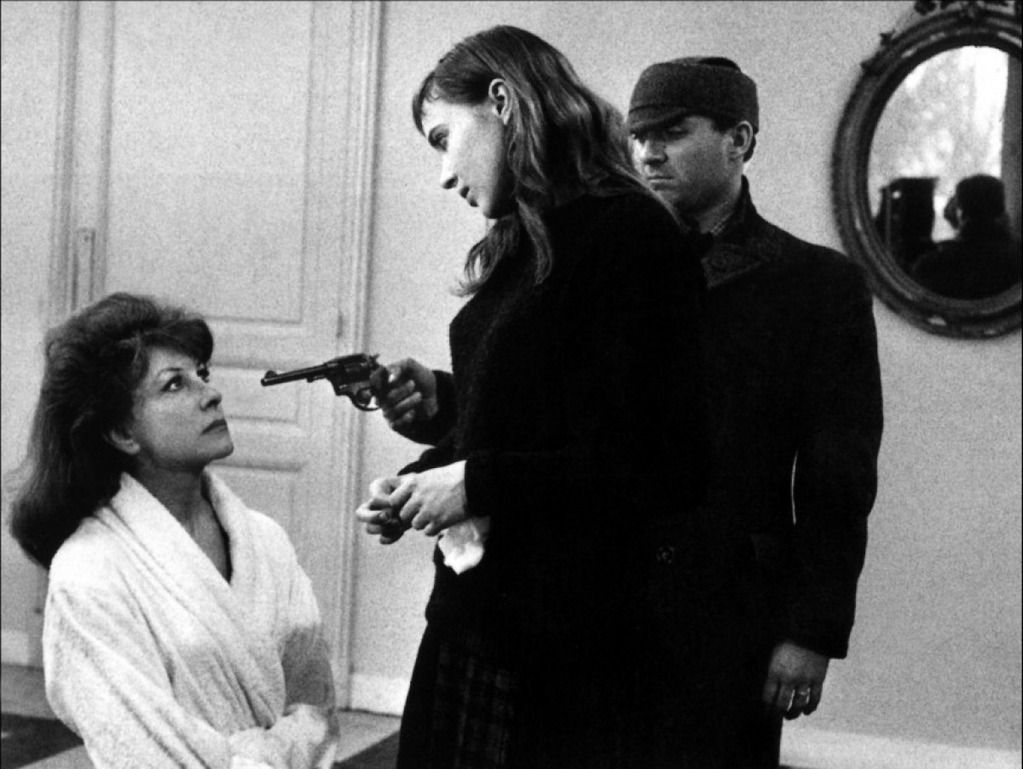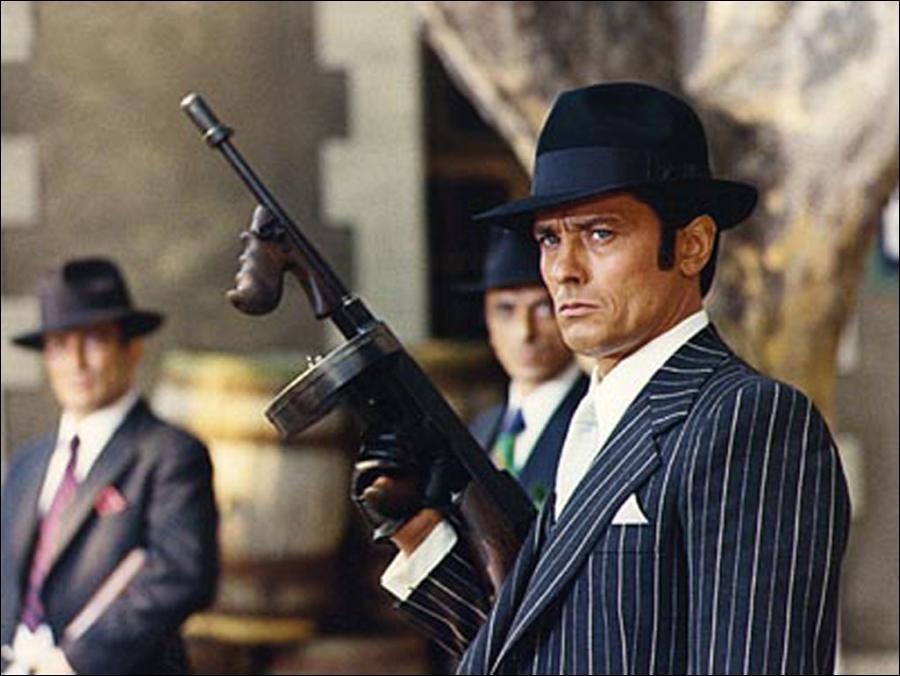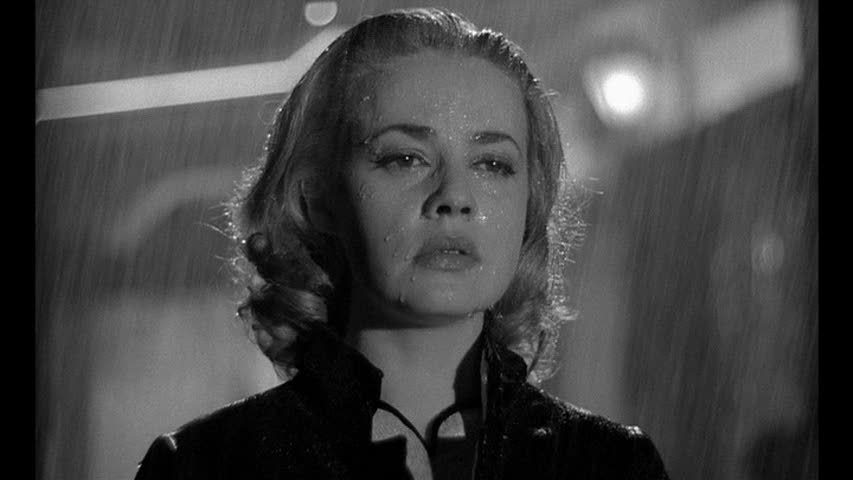5. The Beat That My Heart Skipped (2005)

There’s always vigor and passion in a young soul, conducive for development and orientation toward various directions. And on the other hand, there are always things we want or need to do but our directions aren’t adequate enough to lead us to the end of the road. Thomas, the man portrayed in Jacques Audiard’s 2005 crime-drama “The Beat That My Heart Skipped,” described such a fruitless trail.
He embodies a human parasite, insidiously removing tenants from building so as to create low purchasing forces in the market. This is a family business, inherited by a destructive caricature of a father. His demanding routine absorbs all of his energy, pulling out from inside him the greedy hands that haven’t yet grabbed what they long for. Thomas appears to be always restless, ready to offer what simultaneously his duty requires and his heart despises.
Thomas’s existential trend stands across his mother’s example. She is a successful pianist, and Thomas desires to follow her steps deeply inside him. Instead, forced to get involved in extensive violence, he torturously trembles in a neurotic body that seems to accommodate him uncomfortably. Perhaps his story appears as a cliché, but Thomas is a very well delineated character, delivering a lot more than the psychology of a good man trapped by circumstances.
4. Quai des Orfèvres (1947)

Henri-Georges Clouzot’s fascinating and highly influential film-noir “Quai des Orfèvres” is one of the most noteworthy cinematic works of the postwar French cinema. Reminding of German expressionism, cinematographically speaking, and stipulating subsequent French and American works, thematically speaking, this film is one of the most interesting mysteries ever made for the big screen.
Maurice Martineau is a wealthy pianist, married to an ambitious artiste of lower social origins, known with the nickname “Jenny Lamour.” He’s an egoistic man and a possessive husband. She’s a vainglorious arriviste. Once an older professional tries to seduce Jenny, offering her a promising role in a film, she rushes to claim her bargains. Subsequently, her blinded partner is determined to defeat his enemy, but before he dares a move, the man is already lying dead on the floor.
This is a film with more than one gravity center, delightfully embracing a subversive script, multilayered characters, and undertones of existential backgrounds. Yet, the most wonderful thing about “Quai des Orfèvres” is the fluent and realistic way with which it tumbles into the world of spectacle and the upper-class of its era. From a technical standpoint, the cinematographic synthesis pertains to the picture all of the atmospheric features that engage the audiences to the story’s suspense. However, its behavioral bedrock is much thicker than that.
3. Band of Outsiders (1964)

He’s talked about romance and inspiration. He’s talked about alienation, loneliness, and exclusion. He’s focused on existential agonies and wandered through the mystified labyrinths of philosophy. But essentially, no one else could ever describe a criminal’s heart as Jean-Luc Godard has done. For him, there’s no perpetrator and victim. These qualities always cohabitate in the same body and mind.
In his enchanting 1964 “Bande à part,” Godard combines his unfailing vintage aesthetics with a psychographic projection of regular characters, allowing all of their sensitivity, flaws, and naïve humane beauty to resurface on a sad cover. His characters in this case don’t have the melancholic charm of Jean-Paul Belmondo in “À bout de soufflé,” or of Anna Karina in “Vivre Sa Vie.” They just have the clumsy sweetness of actual teenagers.
Two young men, crossing a period of self-awareness and inspired by the charming criminal figures of American gangster films, meet an immature young woman and attempt a robbery in her building. This is the surface of the story, on which these three young people stroll, carving deep imprints of their reluctant existences and spiritual needs. Their nerve obeys the pace of their youthful heartbeat, instead of focusing on their crime’s execution.
2. Borsalino (1970)

Directed by Jacques Deray, a French filmmaker highly acclaimed for his crime-thriller films during the 1960s and 70s, “Borsalino” is a gangster film in very strict terms. Jean-Paul Belmondo and Alain Delon embody the story’s criminal duo, allowing no possibilities for a commercial failure. Their resonant co-starring resulted in an irresistible retro-set picture for the lovers of the genre.
In Marseilles during the 1930s, François Capella and Roch Siffredi are two competitor crooks of limited powers and fame. Despite their spontaneous mutual disapproval, they decide to join hands, in order to conquer the demanding field of crime. Their conceited little team enjoys an instant glory, rapidly climbing the stairs of the local foundation of criminality. Yet, as soon as they’ve infiltrated into the pitch-black and blood-stained sanctums of their world, they find out their inability to escape.
Apart from defining an authentic setting for such a content ‒and it does so tastefully and craftily‒ “Borsalino” is a lot more than a crime film that stars both Belmondo and Delon. This is a story that exposes the real nature of crime. It’s the same nature of addiction or gambling: it promises easy victories, and then it haunts you with its risky parameters, absorbs you in its intoxicating web of power, and finally completely consumes you.
1. Elevator to the Gallows (1958)

France, 1958. A 26-year-old man named Louis Malle represents his first feature film. It’s entitled “Ascenseur pour l’échafaud,” and currently various film critics wonder if this is actually the cornerstone film that defined the start line of the French New Wave, before the debut features of Jean-Luc Godard and François Truffaut. Anyway, defining borderlines in art is quite complicated, if not useless. Malle’s “Elevator to the Gallows” is one of the best French film noir works that has inspired numerous acclaimed film directors.
It couldn’t be anyone else than Jeanne Moreau. Her face has the beauty, the melancholy, and the dark eyes of a woman who would do anything for love. Her lover has decided to assassinate her wealthy husband so as to take his wife and fortune. He has to do it perfectly, and certainly he doesn’t. As he’s trapped in an elevator overnight, a teenager and his girlfriend steal his car and get involved in a violent crime. Of course, he has a compelling alibi for this crime. But what about the dead man that stays firm some floors above?
Meanwhile, time goes by and Moreau is persuaded that her lover abandoned her. Malle, in one of the most captivating sequences of shots, films her strolling in the streets, getting ahead of stores and intersecting with transient people like a crazy woman. She’s practically the less-involved character in the story’s catalytic events, but she’s all the same emotionally and ethically attached to the situation. Tragic thoughts and consequences concern all of the protagonists. Still, her lover is the suspense’s hardcore and she’s the drama’s soul.